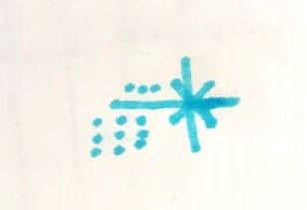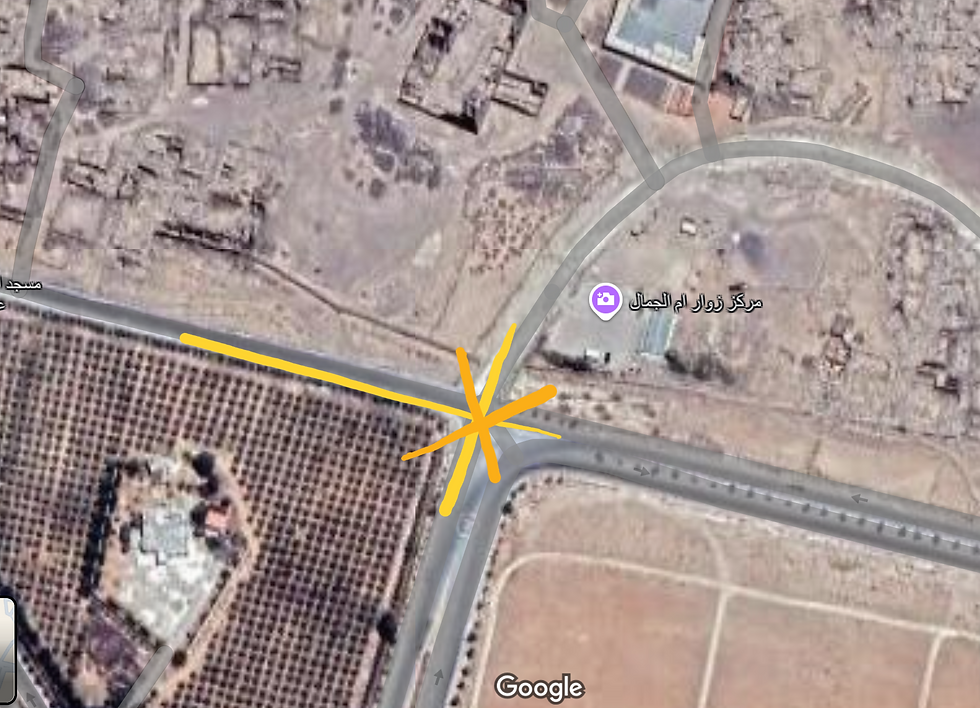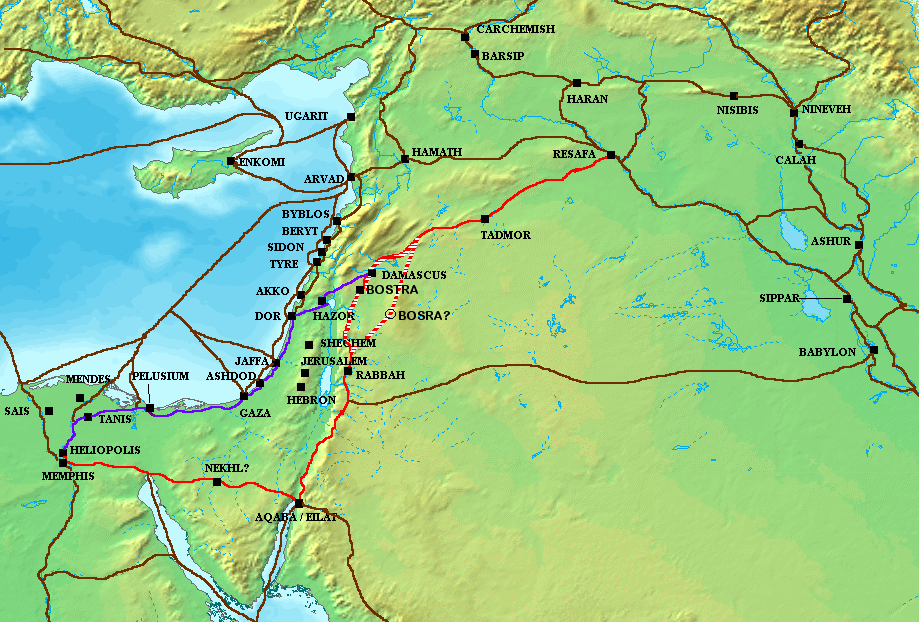
I was contacted by a man in London who came across these petroglyphs in Jordan and was asking for help deciphering them. The first thing I did was research the local area - the site dates back to the Roman and Byzantine periods. It's location is not far from a major trade route called the "King's Road," this outpost was once a bustling trading hub connecting the Mediterranean Sea to the Arabian Peninsula. It was known for its roads, agriculture, underground tunnels, and cisterns. The ruins of an ancient Roman castle and several other buildings remain.
They would have had enough money for day-to-day transactions close by, but kept the bulk of their wealth hidden. So it's likely they used underground tunnels to easily move and deposit their wealth to a secure location. The petroglyph below provides a major clue to this hiding spot.



My first impression was that these dots are agricultural plantings, the ones below surround the original village protected by an outer wall. Close to the Roman castle ruins, the horizontal and vertical lines appear to be the road and there's an "X" at the intersection. And we all know "X" marks the spot.

In ancient Rome, scorpions were used as a symbol of the 'Praetorian Guard', the elite soldiers who protected the emperor.
I found this site also contained a Praetorium, a structure usually reserved for a Governor, so this must have been a very important and strategic trading hub.
Legend has it that the emperor Tiberius further consolidated the Praetorian Guard by constructing the great Praetorian Camp in Rome. This act so impressed the Guard, that the scorpion became a common symbol on Praetorian shields, armor, etc. Tiberius' birth sign was Scorpio.

Ancient Roman Trade Routes - the North-South red road through Jordan is the "King's Road"

This carving only further cemented my theory that the starburst petroglyph is depicting an intersection. It's difficult to see with the water, but this deep carving is a "cut-out" and shows what direction the underground tunnel enters the intersection where "X" marks the spot.
I wouldn't go running out trying to find this location, it's unlikely any wealth remains since so many people would have known about this location, perhaps even the Emperor.
There were some other interesting petroglyphs near the Roman road that I found interesting as well. This is most likely a Sand Partridge.

The Sand Partridge is found in Jordan and was considered a delicacy.

Ancient Romans valued partridge meat very much. The partridge was an expensive bird. In the famous cookbook of Apicius "De re coquinaria" several recipes for cooking partridge meat have been preserved. They were also kept as pets, and some Romans, like Emperor Severus Alexander, enjoyed watching them fight.
Partridges were very symbolic to the Romans and often appeared in their art. The partridge is often associated with courage, protection, and fertility. It symbolizes the importance of nurturing relationships and connecting with one's roots. The bird's distinctive call is believed to serve as a warning against danger and negativity. Seeing a partridge in your path could be a sign to pay attention to your instincts and intuition.
